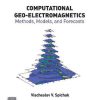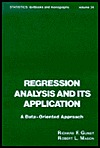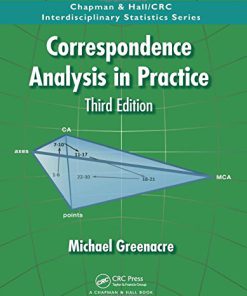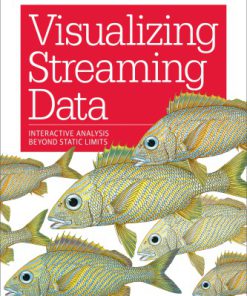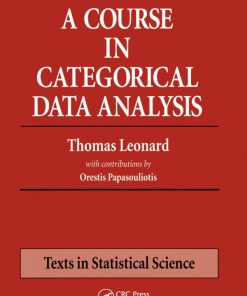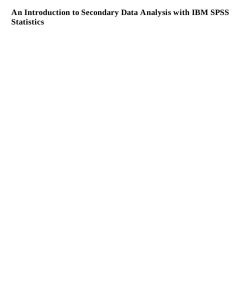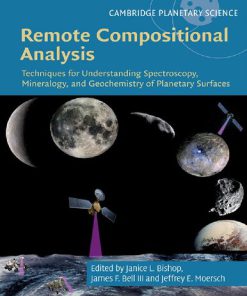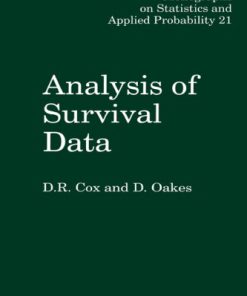Compositional data analysis in practice 1st Edition by Michael Greenacre 0429849015 9780429849015
$50.00 Original price was: $50.00.$25.00Current price is: $25.00.
Compositional data analysis in practice 1st Edition by Michael Greenacre – Ebook PDF Instant Download/DeliveryISBN: 0429849015, 9780429849015
Full download Compositional data analysis in practice 1st Edition after payment.
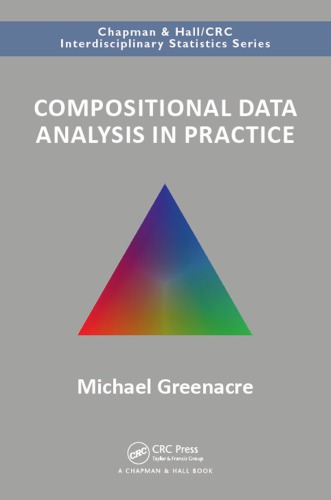
Product details:
ISBN-10 : 0429849015
ISBN-13 : 9780429849015
Author: Michael Greenacre
Compositional data are quantitative descriptions of the parts of some whole, conveying exclusively relative information. Examples are found in various fields, including geology, medicine, chemistry, agriculture, economics, social science, etc. This concise book presents a very applied introduction to compositional data analysis, focussing on the use of R for analysis. It includes lots of real examples, code snippets, and colour figures, to illustrate the methods.
Compositional data analysis in practice 1st table of contents:
1 What are compositional data, and why are they special?
1.1 Examples of compositional data
1.2 Why are compositional data different from other types of data?
1.3 Basic terminology and notation in compositional data analysis
1.4 Basic principles of compositional data analysis
1.5 Ratios and logratios
2 Geometry and visualization of compositional data
2.1 Simple graphics
2.2 Geometry in a simplex
2.3 Moving out of the simplex
2.4 Distances between points in logratio space
3 Logratio transformations
3.1 Additive logratio transformations
3.2 Centred logratio transformations
3.3 Logratios incorporating amalgamations
3.4 Isometric logratio transformations
3.5 Comparison of logratios in practice
3.6 Practical interpretation of logratios
4 Properties and distributions of logratios
4.1 Lognormal distribution
4.2 Logit function
4.3 Additive logistic normal distribution
4.4 Logratio variances and covariances
4.5 Testing for multivariate normality
4.6 When logratios are not normal
5 Regression models involving compositional data
5.1 Visualizing ratios as a graph
5.2 Using simple logratios as predictors
5.3 Compositions as responses – total logratio variance
5.4 Redundancy analysis
6 Dimension reduction using logratio analysis
6.1 Weighted principal component analysis
6.2 Logratio analysis
6.3 Different biplot scaling options
6.4 Constrained compositional biplots
7 Clustering of compositional data
7.1 Logratio distances between rows and between columns
7.2 Clustering based on logratio distances
7.3 Weighted Ward clustering
7.4 Isometric logratio versus amalgamation balances
8 Problem of zeros, with some solutions
8.1 Zero replacement
8.2 Sensitivity to zero replacement
8.3 Subcompositional incoherence
8.4 Correspondence analysis alternative
9 Simplifying the task: variable selection
9.1 Explaining total logratio variance
9.2 Stepwise selection of logratios
9.3 Parsimonious variable selection
9.4 Amalgamation logratios as variables for selection
9.5 Signal and noise in compositional data
10 Case study: Fatty acids of marine amphipods
10.1 Introduction
10.2 Material and methods
10.3 Results
10.4 Discussion and conclusion
People also search for Compositional data analysis in practice 1st:
clinical guide to assessment and treatment of communication disorders
a guide to clinical assessment and professional report writing
practical guide to the assessment of clinical competence
guide to the clinical assessment of patients with musculoskeletal conditions
culture and psychopathology a guide to clinical assessment
Tags: Compositional, data analysis, practice, Michael Greenacre
You may also like…
Computers - Networking
BigQuery for Data Warehousing: Managed Data Analysis in the Google Cloud Mark Mucchetti
Arts - Music
Upper Voice Structures and Compositional Process in the Ars Nova Motet Anna Zayaruznaya
Mathematics
Regression Analysis and Its Application: A Data-Oriented Approach First Edition Richard F. Gunst
Computers - Databases
Science (General)
Science (General)
Analysis of Survival Data First Edition Cox 1351466607 9781351466608


